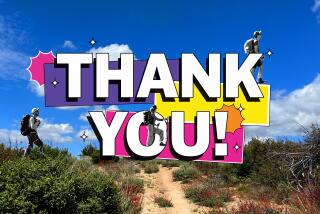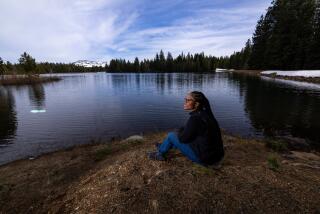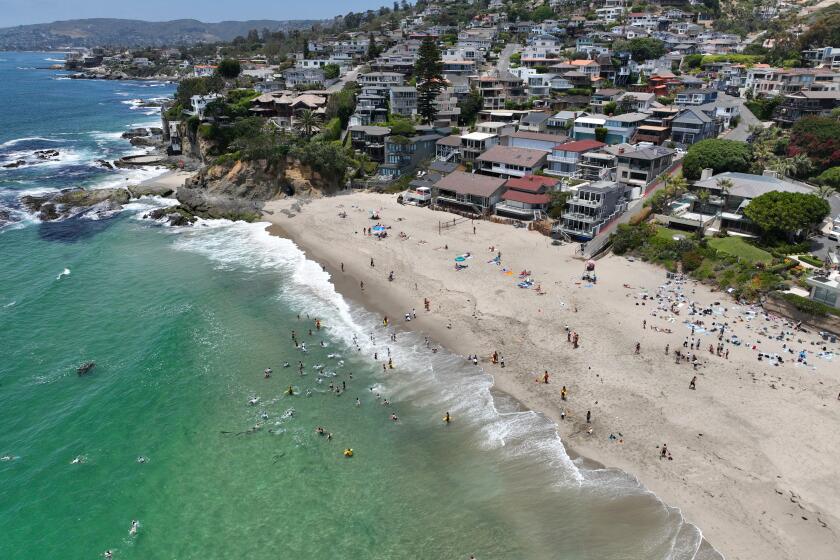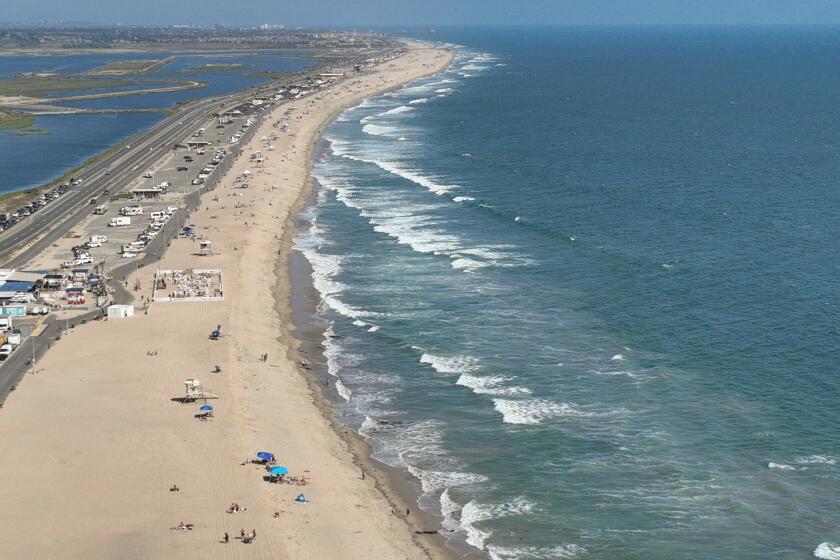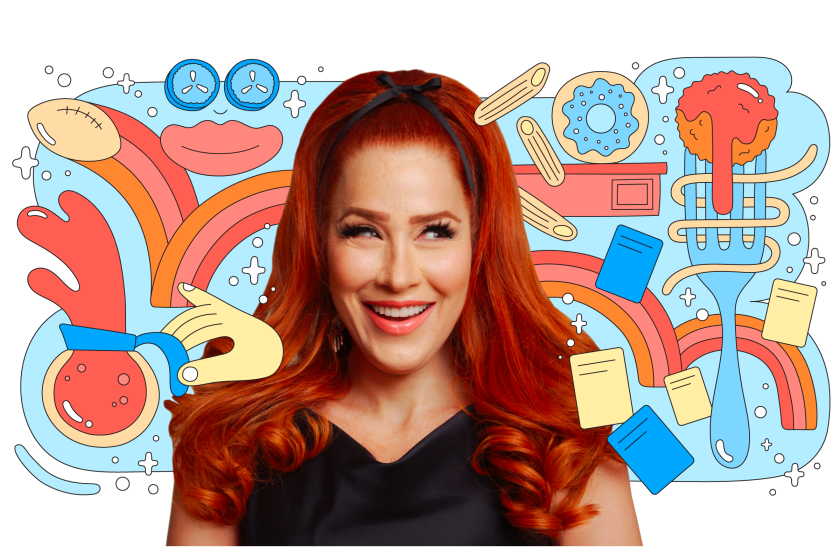Outdoor Afro started as a blog. Now it’s a movement to get more Black people outside
Rue Mapp grew up in Oakland, the daughter of a Black cowboy from Texas who bought a small ranch in Lake County north of Santa Rosa. It was on numerous visits there that Mapp learned to hunt and fish and appreciate nature. Her love and respect for nature led to the creation of Outdoor Afro in 2009, first as a blog and then as an organization that has trained scores of leaders, taken thousands on hikes and helped raise the profile of Black people in the outdoors.
Here she shares her views on the social justice moment that’s reshaping our thoughts about inclusion in the outdoors.
Q: What was the impetus behind starting Outdoor Afro?
A: It was really born out of not seeing enough representation out there of people who looked like me and who loved the outdoors. I wanted to create a way for Black people to experience and learn about the outdoors that felt safe. My background is art history, so I know that representation tells stories across language, geographies and differences. When I started a blog, I whimsically called it Outdoor Afro. But I had no idea it would become an organization with the reach and impact that it’s had. I was just telling my truth. Today, we have a leadership team of 90 men and women who are in cities and towns in 30 states with a participation network of about 45,000 people.
Q: Tell me a little bit about your dad.
A: Throughout his life, he stayed connected to the cowboy community. In Oakland, we have the iconic Black Cowboys who every year put together an amazing parade. It’s uplifting and gives a different view of what a cowboy was in the West.
He was a big influence on me. He shared his love of the outdoors with others besides our family, including members of our church, who wouldn’t have had access to experience something like that.
Q: Family Circle Magazine once chose you as one of America’s 20 most influential moms. How old are your kids and what do they like to do in the outdoors?
A: They are now 17, 18 and 23. I’m also a new grandmother. Outdoor Afro has been a big part of my children’s lives, from bicycling to camping to hiking. They’ve experienced nature in a wide variety of settings.
Q: What is your organization saying about the outdoors and social justice?
A: We are open to everyone, but we have always been unapologetically focused on Black people in America and being able to be outside anytime, anywhere. It’s part of our DNA. I was really thankful that in this racial reckoning era that Outdoor Afro hasn’t had to change anything it does. For example, we’ve responded to public outcries by doing Healing Hikes, which we continue to offer. We started them back in 2014 when [protests in] Ferguson erupted. I asked myself then my responsibility as a Black woman leader.
The answer came to me very clearly: It was you do nature, that is your lane. That was the first time we went to the redwoods here in Oakland. As we worked our way down the trail, I could feel the stress leaving us and tension easing up. We were not in the street where maybe there were police in riot gear and choppers overhead.
Instead we were in a forest that could absorb all that illness. We were doing what Black people have always done, which is lay down our burden by the riverside. We’ve always used these tools found in nature to get us to freedom in the same way that Harriet Tubman had to know the landscape to get people to the other side.
I’ve been very present to the healing power of nature. In this moment now, I turn to nature for not only for healing but as a model of how we can see each other across differences. The trees don’t know what color you are, the flowers don’t know how much money you have. They will bloom and the birds will sing no matter your politics or gender. In a time of so much polarization, nature gives us a break from all of that. We can personally turn to nature to get some relief.
Q: I recently saw that Outside magazine had Renee Blount, a Black woman climber, on its September/October cover. Do you view that as a success?
A: It brings me no less than complete joy to know that bit by bit, we have helped to pave the way for that to be ordinary. People ask “what’s the endgame. What does the world look like after you’ve solved the problem?” When I was growing up, smoking was common and ashtrays were everywhere. But through education, that changed. We’re working toward making it ordinary to see Black people outside, recreating in proportion to their population and opportunity.
Q: Are you working on any special projects?
A: One of the things I aspire to do as being a National Geographic Fellow is to get more Black children swimming because they drown at a rate five times greater than white children ages 5 to 19. This is our inheritance of Jim Crow policies that prevented Black people from getting into public pools and going to beaches. We launched our Making Waves program last year with great success, and we’ll continue to get babies in the water, and their caregivers too.
If a child doesn’t know how to swim or is afraid of the water, they aren’t going to put a pole in a lake or go kayaking or care about plastic in the ocean. So the planet needs everyone to be in a good relationship with water. Fresh water is such a precious resource. Having a relationship with water means Black people will have a greater stake in its conservation, as well as a skill that saves lives and is a gateway to many other outdoor activities.
More to Read
Sign up for our L.A. Times Plants newsletter
At the start of each month, get a roundup of upcoming plant-related activities and events in Southern California, along with links to tips and articles you may have missed.
You may occasionally receive promotional content from the Los Angeles Times.

